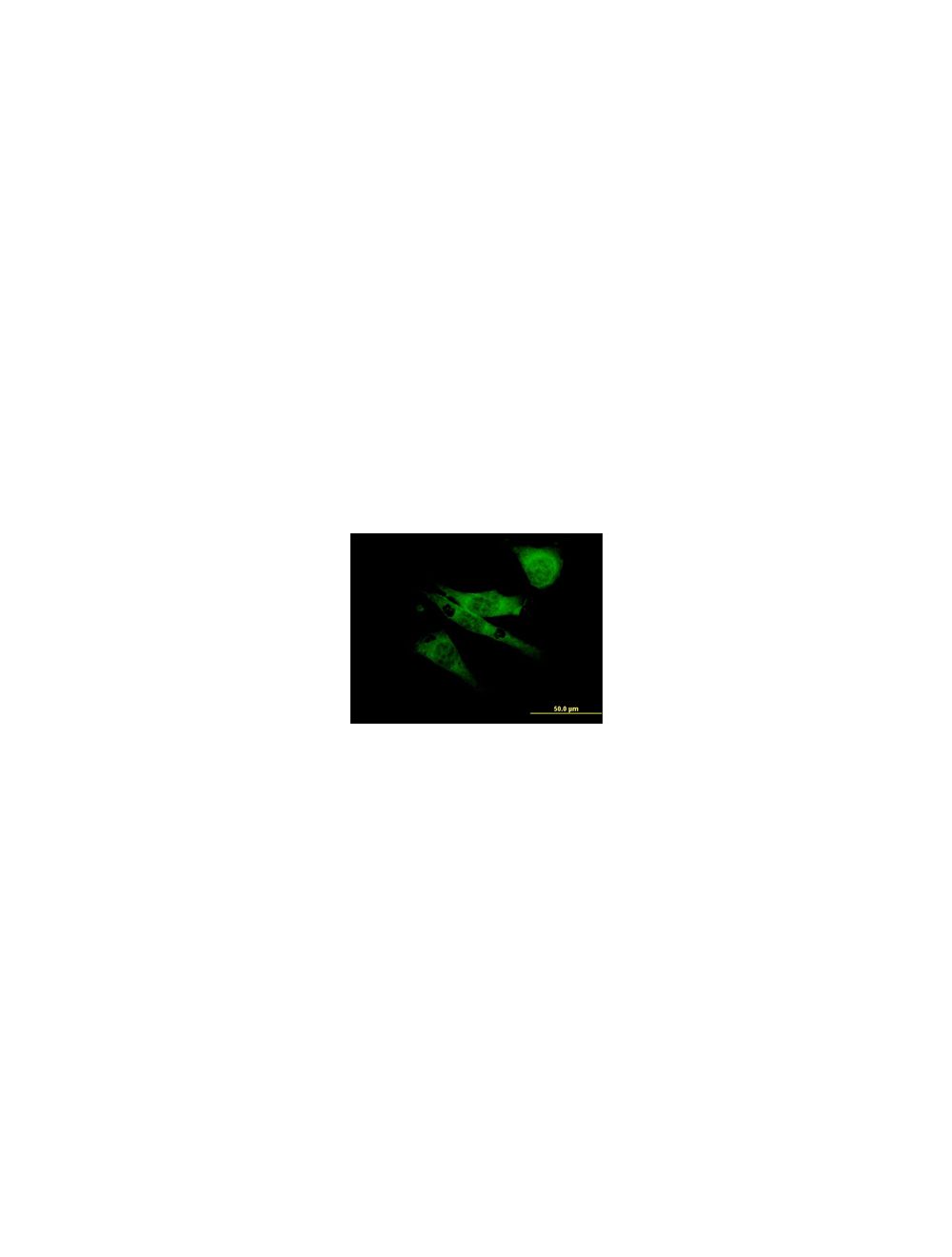Sodium channel protein type 8 subunit alpha, Mouse Monoclonal Antibody
As low as
US$417.00
Only %1 left
Catalog Number
M-864
- Product Name Sodium channel protein type 8 subunit alpha, Mouse Monoclonal Antibody
- Product Description Mouse anti-Sodium channel protein type 8 subunit alpha Monoclonal Antibody (Unconjugated), suitable for WB, ELISA.
- Alternative Names Sodium channel protein type VIII subunit alpha; Voltage-gated sodium channel subunit alpha Nav1.6; SCN8A; MED
- Application(s) ELISA, WB
- Antibody Host Mouse
- Antibody Type Monoclonal
- Specificity Specificity has been confirmed by WB and direct ELISA against the antigen. Human, mouse and rat. Other species have not been tested.
- Species Reactivity Human, Mouse, Rat
- Immunogen Description Partial recombinant human Sodium channel protein type 8 subunit alpha (amino acids 1854-1951) with a GST tag.
- Conjugate Unconjugated
- Purity Description Protein G purified immunoglobulin
- Regulatory Status For research use only.
Product Info
- Product Description Mouse anti-Sodium channel protein type 8 subunit alpha Monoclonal Antibody (Unconjugated), suitable for WB, ELISA.
- Application(s) ELISA, WB
- Application Details This antibody is recommended for WB, immunofluorescence and direct ELISA. The recommended dilution for this antibody is 10 µg/mL for immunofluorescence. Biosensis recommends optimal dilutions/concentrations should be determined by the end user.
- Target Sodium channel protein type 8 subunit alpha
- Specificity Specificity has been confirmed by WB and direct ELISA against the antigen. Human, mouse and rat. Other species have not been tested.
- Target Host Species Human
- Species Reactivity Human, Mouse, Rat
- Antibody Host Mouse
- Antibody Type Monoclonal
- Antibody Isotype IgG2a Kappa
- Clone Name 4G7
- Conjugate Unconjugated
- Immunogen Description Partial recombinant human Sodium channel protein type 8 subunit alpha (amino acids 1854-1951) with a GST tag.
- Purity Description Protein G purified immunoglobulin
- Format Lyophilized from PBS (pH 7.2 - 7.6)
- Reconstitution Instructions Spin vial briefly before opening. Reconstitute in 100 µL sterile-filtered, ultrapure water. Centrifuge to remove any insoluble material.
- Storage Instructions After reconstitution keep aliquots at -20°C for higher stability or at 2-8°C with an appropriate antibacterial agent. Glycerol (1:1) may be added for additional stability. Avoid repetitive freeze/thaw cycles.
- Batch Number Please see item label.
- Expiration Date 12 months after date of receipt (unopened vial).
- Alternative Names Sodium channel protein type VIII subunit alpha; Voltage-gated sodium channel subunit alpha Nav1.6; SCN8A; MED
- Uniprot Number Q9UQD0
- Uniprot Number/Name Q9UQD0 (SCN8A_HUMAN)
-
Scientific Background
Sodium channel protein type 8 subunit alpha mediates the voltage-dependent sodium ion permeability of excitable membranes. Adopting opened or closed conformation in response to the voltage difference across the membrane, the protein forms a sodium-selective channel through which Na ions may pass in accordance with their electrochemical gradient. It is a multi-pass transmembrane protein that is widely expressed in neurons of the central and peripheral nervous system. There are four named isoforms. The sequence contains 4 internal repeats, each with 5 hydrophobic segments (S1, S2, S3, S5, S6) and one positively charged segment, S4. Segments S4 are thought to be the voltage-sensors and are characterised by a series of positively charged amino acids at every third position.
- Shipping Temperature 25°C (ambient)
- UNSPSC CODE 41116161
- Regulatory Status For research use only.

 1800 605-5127
1800 605-5127 +61 (0)8 8352 7711
+61 (0)8 8352 7711

